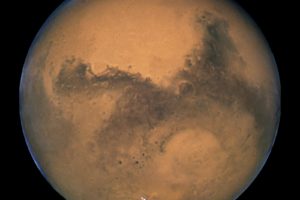
Mars Dazzles in the Eastern Evening Sky
Mars is shining brightly in the eastern sky as it comes its closest in years, a fact NASA uses to maximize the payload sent to the red planet.
Tony Rice is a NASA/JPL Solar System Ambassador and the voice and brains behinds the weekly Astronomy Report on the WeatherBrains podcast. He grew up in Southern California where he watched the Space Shuttles being build and landed nearby and was hooked. Tony brings weather and space together to communicate the excitement of space exploration and promote a greater appreciation for Earth sciences.

Mars is shining brightly in the eastern sky as it comes its closest in years, a fact NASA uses to maximize the payload sent to the red planet.
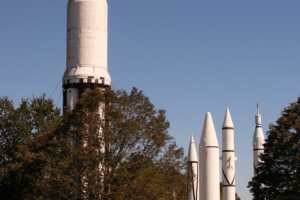
60 years ago today (Sept 8), the Marshall Space Flight Center in Huntsville, Alabama was dedicated. The center has been involved in every major NASA propulsion system, the Hubble and Chandra Space Telescopes, micrometeoroid and weather research and more.

The SpaceX Crew will return to Earth this afternoon, splashing down in the Gulf of Mexico south of Pensacola.

NASA plans the launch of Perseverence and upgraded version of the Curiosity rover to continue our understanding of Mars and prepare for humans to one day live there.
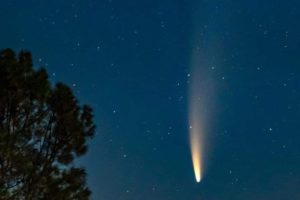
Comet C/2020 can be seen in the northeastern sky about 2 hours before sunrise. on Monday it will be more visible in the evening sky about 2 hours after sunset.
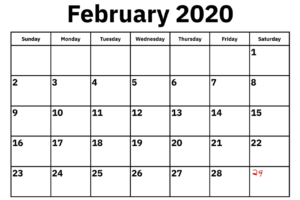
Saturday Feb 29, 2020 is a leap day, an extra day added to the calendar mellinia in the making.

Astronauts aboard the International Space Station celebrate Thanksgiving with their crew mates. Their table probably looks a lot like your table, except there is no table. You can put NASA’s version of cornbread dressing on your table with this recipe.

Mercury will pass in front of the Sun on Monday, November 11 from around sunrise through early afternoon. You can watch with eclipse glasses.
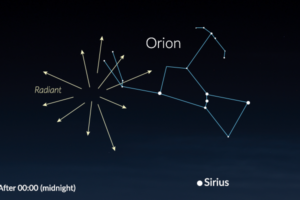
As Nestor moves out and skies clear, look for meteors from the Orionid meteor shower around midnight.
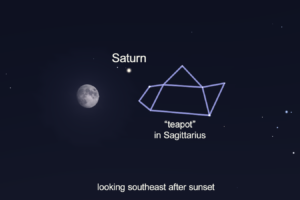
Saturn is easy to spot this week near the Moon and the “teapot” of Sagittarius. You might even see a few Perseid meteors.
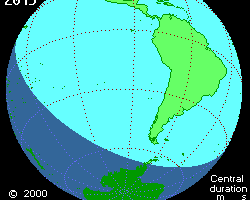
You can watch the total solar eclipse passing over South America via several live streams.
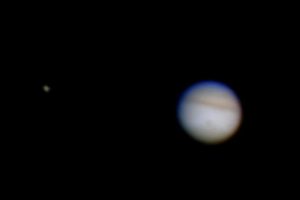
This is a great week to look for Jupiter, our largest planet it at its closest and brightest of the year. Find out how to see its moons and look up their names.
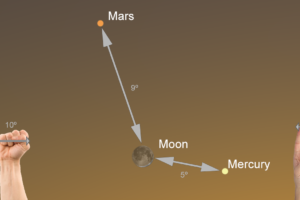
Mercury is visible low on the western horizon after sunset this week. Use Mars, and a little handy help to find it.

Why is Saturday’s full moon, the only one during May, being called a blue moon? There are two definitions for the term.
Notifications